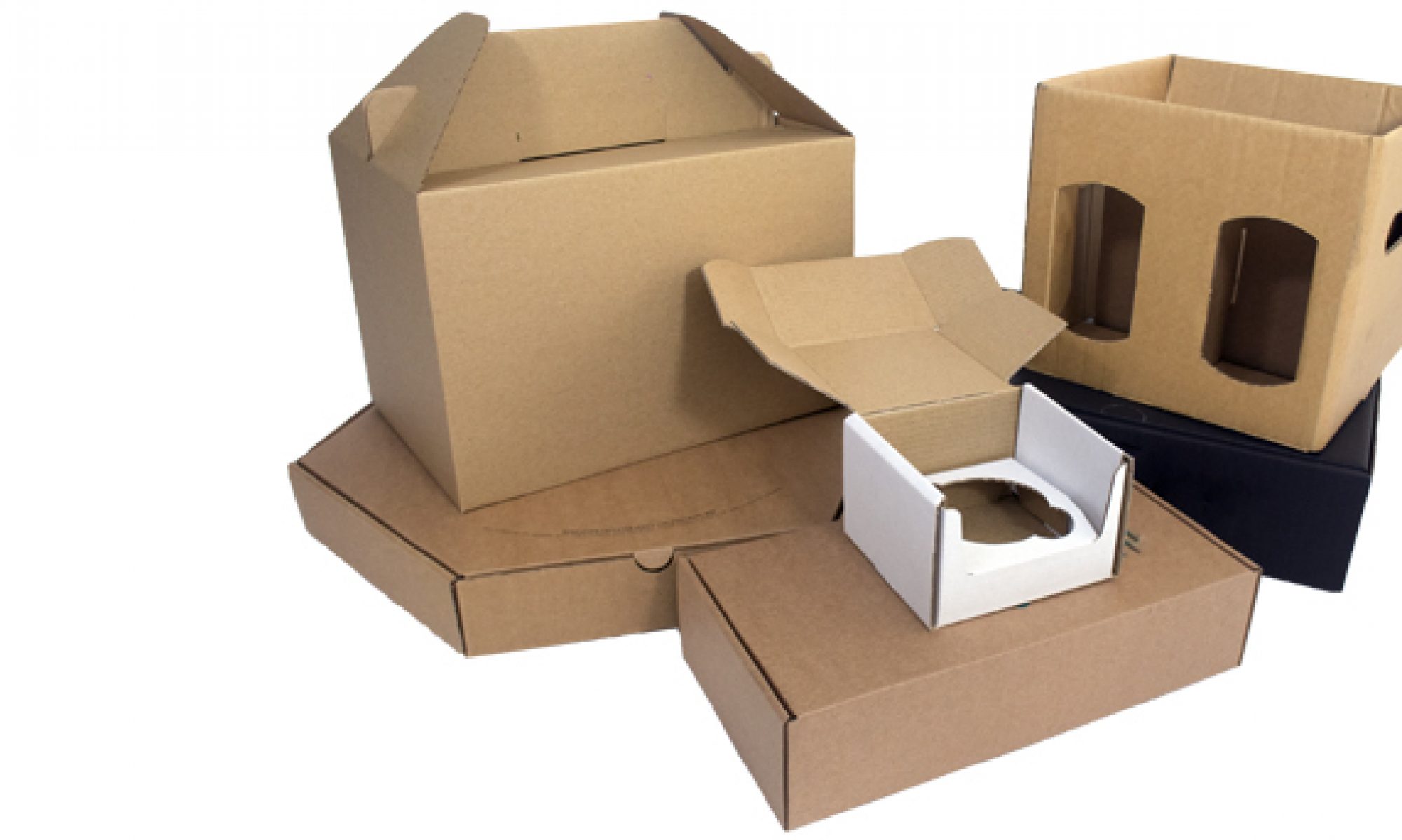Ecommerce has become one of the biggest things out there. With Amazon being one of the biggest companies out there, you need to look at the rise and power of this type of growth.
You need to understand that there is a boom in the packages appearing on doorsteps, and you should consider what this means from a retention and engagement perspective. The vast majority of packages are kind of bland, and it’s a means to an end. It’s a delivery service, and nothing more, and you need to look at the real estate that you’re losing at the expense off effective branding. You need to look at e-commerce at first being novel and nascent, but nowadays it’s mostly just a means to revenue. We’re shipping current products in older boxes, and you need to look at how this is affecting your sales.

There is also the security factor, since the flashier the package, the more likely it’ll be stolen, but this also ignores the inside of the box or even the exterior in some cases. It’s unwise to give away the details of the contents but that doesn’t mean you can’t make it at least a little more attractive. Remember, this is the first impression they have of you, and you should look at possibly branding your boxes, since it creates repeat customers more than newer ones, and repeat does ultimately provide more money in the long haul.

Until recently, most of the brands have relied on e-commerce that wasn’t really remarkable or really impressive in terms of appearance and repression. But now, many of the traditional brands are waking up to the importance of this, and in addition, online retailers are discovering the benefits of extending branding past their websites, by identifying the packages for what they are, which is, of course, the initial touchpoint with customers. Many of these companies are treating shipping boxes as handshakes rather than little hellos. This will be a more memorable perspective and a much better response for people.
From a printing standpoint, it’s really easy to beautify your packages, and you can do so quickly and in a cost-effective manner. This is great because gone are the days of spending a ton of money just for branded boxes. You can create deeper experiences in everything from the shipping boxes to even point of purchase displays in order to jazz up customers.
You want a versatile display, especially with the new graphics that you can use, and printing with less traditional approaches too.
You can cater to a much larger position of the market share due to informative and innovative direct printing, which then circumvents the traditional practice, of course, lithographic labels. You can now offer displays that provide maximal impact, cost-effective full-color technology which allows for customers to save on the material expenditures and of course the shipping times.

There is also high-speed digital production that works and exacting color matching. This provides a hybrid solution, which lets you have a much better look. There’s a lot of different ways you can show of the brand too, from various containers to even the different instructions, and you can even choose different coloring for this.
With all of that being said, you can see here the importance of branded boxes. You need to look at all of the different factors, such as the low-key aspects on the outside, and a vibrant look on the inside. You want to make it look really interesting inside, and bland outside to really have the best brand experience.









